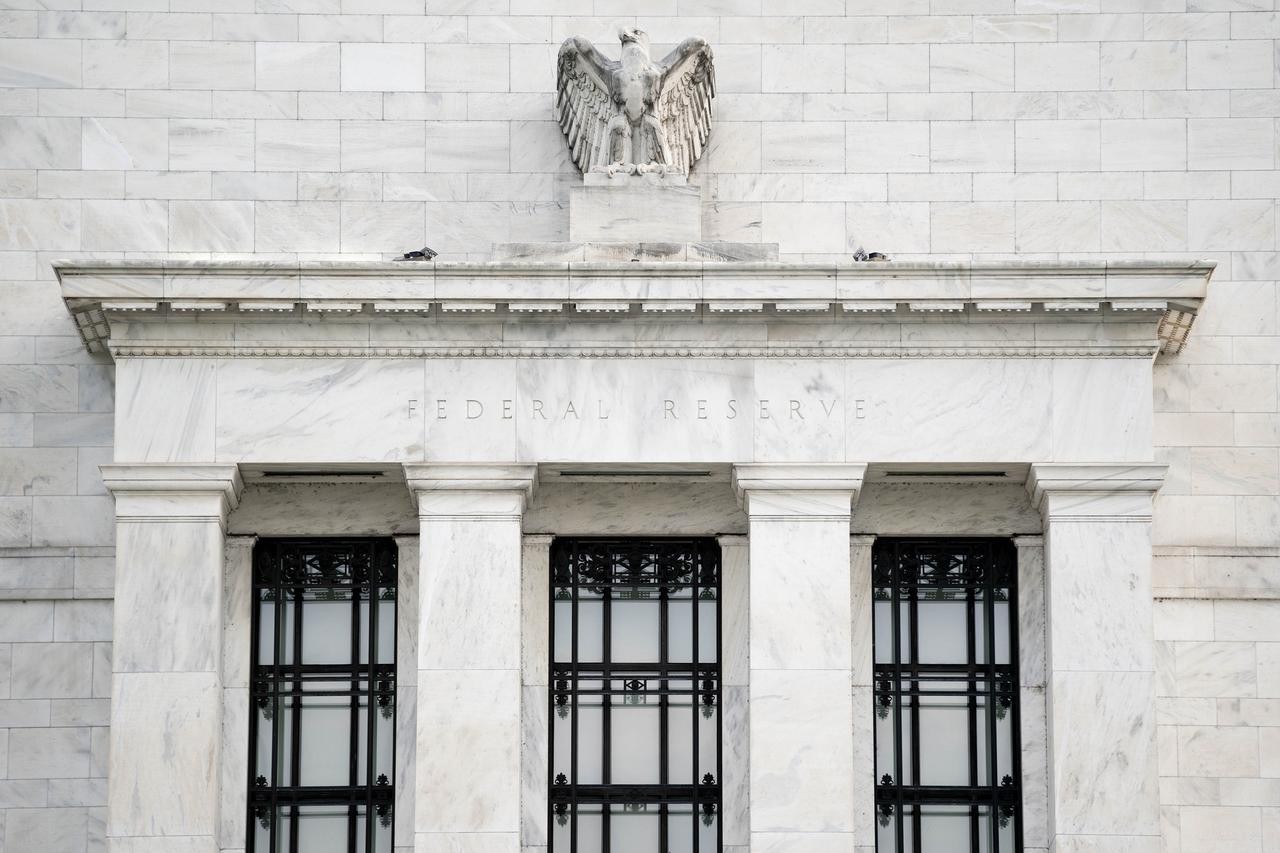We convened a group of senior leaders on Nov. 9, 2023, to consider the implications for business and the economy of what we are calling the New Monetary Order of higher for longer interest rates. Our guest speaker, William C. Dudley, provided great insights from his experience as president of the Federal Reserve Bank of New York during the global financial crisis 15 years ago and his current role of providing advice to policymakers as chair of the Bretton Woods Committee. Here are a few of our key takeaways:
- Central banks need a reaction function that keeps pace with the speed of the modern economy. The Fed, the European Central Bank, and many other monetary authorities kept rates at historically low levels – a few even cut them below zero – for more than a decade after the Great Financial Crisis of 2008-09 to spur recovery. US unemployment only returned to precrisis levels toward the end of that period and inflation remained subdued into 2020, when the COVID-19 pandemic changed everything overnight. Economic activity plunged and joblessness soared, governments responded with trillions worth of stimulus measures, and lockdowns disrupted supply chains. Recession turned to economic boom in near-record time and inflation soared to near or into double digits by 2022. Yet the Fed, still fighting the last war and thinking inflationary pressures were transitory, didn’t start tightening monetary policy until March 2022. That was “very late,” said Dudley.
- Policymakers must beware of the long-run consequences of their actions. Pumping virtually free money into economies with near-zero interest rates distorted price signals, drove a big increase in bank deposits, and encouraged aggressive risk-taking by investors. Many failed to appreciate the resulting fragility in the system. Silicon Valley Bank had plowed a big chunk of its deposits into long-term bonds in the easy money days only to see the Fed’s dramatic rate hikes reduce the value of those bonds, and spark a run by depositors that caused the bank’s collapse earlier this year. That begs the question of what troubles might surface if the Fed and other banks hold rates too high for too long now.
- A more holistic approach to policy could better contain these risks. Dudley mentioned a proposal he is working to finalize that would require banks to pledge collateral to the Fed to back their uninsured deposits, which are most susceptible to a run in times of crisis. That could reduce the prospect of future failures. The authorities also could improve coordination between financial stability and banking supervision functions and monetary policy. The Fed has responsibilities across all of those areas but Dudley says communication between those functions is often lacking, leaving monetary policy setters insufficiently aware of how low rates caused risks to build up in the banking system. The Fed also has proposed raising capital requirements by 20% on the largest banks, but Dudley noted that could make banks less competitive and drive risk into less-regulated areas of the financial system.
- The interest rate outlook might be more benign than many think. Growth accelerated in the third quarter and continues to be supported by federal spending on infrastructure, green energy, and semiconductor incentives, which argues against early rate cuts. But Dudley believes the Fed has made clear it would start cutting rates before inflation gets to its 2% target. He also thinks the central bank has a bias to overshoot its inflation target somewhat rather than undershoot to avoid the risk that interest rates fall back toward zero again. He contends this implies a long-term neutral interest rate of a little over 3.5% – high enough to provide room for rate cuts in the event of a future recession but not too high to throttle the economy today.
- Central bank digital currencies (CBDCs) may be coming sooner than you think. There is little clamor in the US today for a digital dollar but Dudley believes it’s the logical next step from cash – and would be more portable and secure than carrying a wad of greenbacks. A number of small countries have introduced CBDCs, others such as India are conducting pilot tests, and several central banks have shown a big opportunity to use CBDCs to facilitate cross-border payments in tests with the Bank for International Settlements. CBDCs are likely to play a bigger role in countries with less-developed payments and banking systems than the US.

